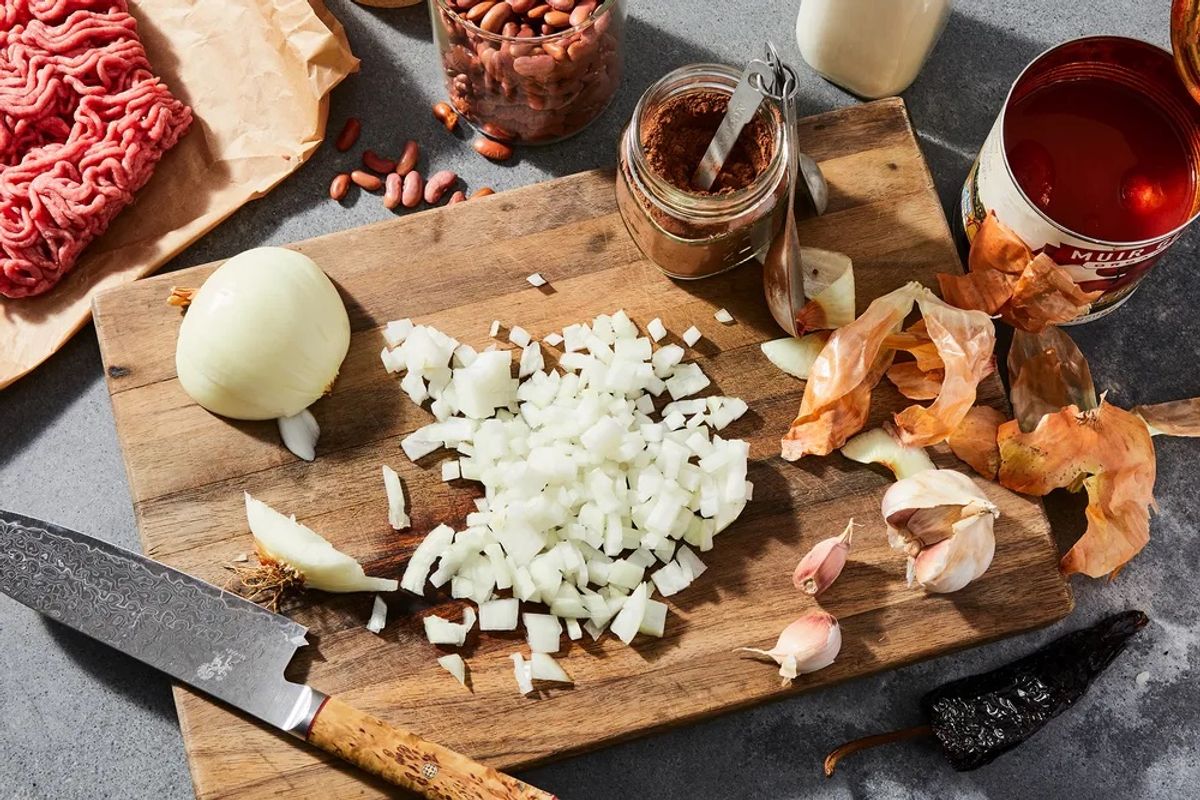


Picture this: It's cold, rainy, and you're stuck inside. The only thing capable of improving your internal gloom is a warm bowl of chili. So, you start making this delightful turkey chili (which happens to be our most popular of all time). A few minutes in, you realize that you don't have any coriander—neither seeds nor leaves (aka cilantro)—and, apparently, you need both. It's late, the roads are "bad," and the store is possibly closed. Despite such adversity, your chili hunger
Cilantro is the Spanish word for fresh coriander. If you see a bunch of tender, green leaves and stems labeled coriander, that bushel is—in fact—what we call cilantro. Dried coriander seeds are the seeds that are planted to grow cilantro.
Coriander seeds carry a bright and floral flavor with notes of citrus, curry, and pepper. The following spices have a similar flavor profile and can be used as a 1:1 substitute for coriander seeds:
Similar to its seed, cilantro has a bright, fresh, citrus-forward flavor. While cilantro's flavor and texture is certainly unique (and to some, off-putting), there are a few substitutes that can replicate the majority of the herb's qualities. These are herbs that can be used as a substitute:
This recipe highlights why coriander and lamb belong together. That said, this recipe uses so many spices—including some of our substitutes—that it will work perfectly well without coriander if needed.
This bright and spicy eggplant curry is a wonderfully cozy weekend option. While the recipe calls for cilantro, parsley or basil are more than sufficient. Follow in my footsteps and serve this curry with your favorite cold beer.
The true test for our substitutes, this recipe uses both coriander seed and fresh cilantro. Whether you have one, both, or neither, this short rib
